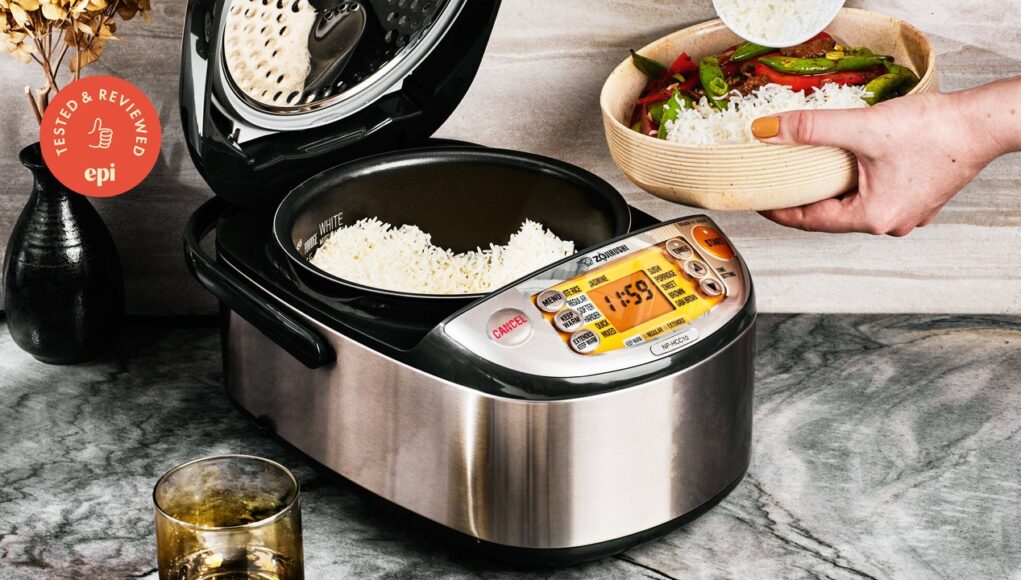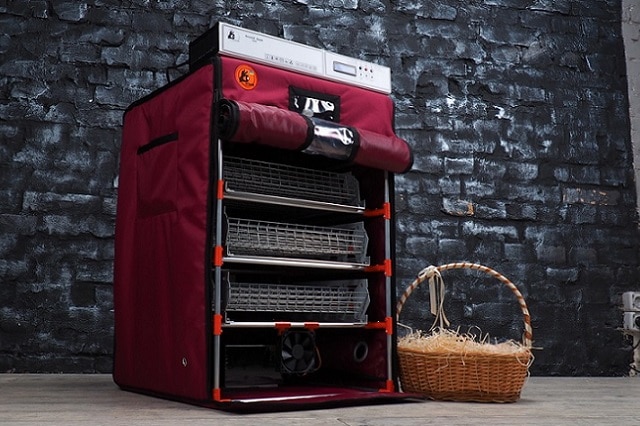If you’re looking for a convenient way to prepare soybeans, you might be surprised to learn that a rice cooker is your secret weapon. Learning how to cook soybeans in a rice cooker will save you time, effort, and energy while ensuring a delicious and perfectly cooked product. Soybeans, a nutrient-packed legume, are a staple for plant-based eaters and those looking to incorporate more protein and fiber into their diets. In this article, well explore a comprehensive guide to cooking this mighty legume using a rice cooker.
Before we jump into this recipe, did you know that soybeans contain essential amino acids and are the cornerstone of dishes like soy milk, tofu, and tempeh? Using a rice cooker makes preparing soybeans simpler, especially for those busy days when youre juggling multiple tasks in the kitchen. Whether youre a beginner or a seasoned cook, this technique is worth adding to your repertoire.

Why Use a Rice Cooker for Cooking Soybeans?
Rice cookers are versatile appliances that can do so much more than cook rice. They offer a consistent and even temperature, which is perfect for cooking legumes like soybeans. Unlike stovetop methods where constant monitoring and stirring may be required, a rice cooker allows you to set it and forget it until the cooking cycle is completed. Moreover, many modern rice cookers come with multiple settings that give you more flexibility when preparing various food types.
Cooking soybeans in a rice cooker eliminates many of the challenges associated with traditional methods. For one, you wont have to worry about undercooked or overly mushy beans. The even heat distribution of the rice cooker ensures that your soybeans retain their shape while becoming soft and tender. Plus, its especially useful for those who might forget to soak their beans overnight as the extended soaking can also be managed directly within the cooker itself.
The Nutritional Benefits of Soybeans
Soybeans are a powerhouse of nutrition. A single cup of cooked soybeans can provide up to 20 grams of protein, making them a fantastic choice for vegetarians and vegans. Additionally, soybeans offer an excellent source of dietary fiber, calcium, magnesium, and iron. Regular consumption of soybeans may contribute to better heart health, improved digestion, and even support weight management. Incorporating soybeans into your diet is not only a healthy choice, but it also grants you a versatile ingredient that works harmoniously in a wide variety of recipes, from soups and salads to stir-fries and snacks.
Ingredients
- 1 cup of dried soybeans
- Water (enough to cover the beans for soaking and cooking)
- 1 teaspoon of salt (optional)
- Optional flavorings: herbs like bay leaf or spices like garlic powder
For this recipe, a rice cooker is essential. Make sure your rice cooker has a ‘cook’ and ‘warm’ setting for best results.
Preparation Steps
Step 1: Soak the Soybeans. Before cooking, soaking soybeans is crucial to ensure even cooking and to make the beans easier to digest. Take 1 cup of dried soybeans and rinse them under running water. Place the beans in a bowl and add enough water to cover them by at least 3 inches, as the beans will expand during soaking. Let it soak for 6-8 hours or overnight.
Pro Tip: If you forget to soak the beans overnight, you can use a quick-soak method. Just bring the beans and water to a boil in a saucepan and let them sit for 1-2 hours before transferring them to the rice cooker.
Step 2: Drain and Transfer to the Rice Cooker. Once the soybeans have soaked, drain the water and rinse the beans again. Transfer them to the bowl of your rice cooker. For every cup of dried soybeans, add 3 cups of fresh water.
Step 3: Add Flavoring (Optional). Some people prefer cooking their soybeans plain to keep them versatile for a variety of recipes. However, if you’re making a dish that calls for pre-seasoned soybeans, you can add flavor right at this step. Consider tossing in a bay leaf, a pinch of garlic powder, or a teaspoon of salt to enhance the flavor.
Step 4: Start the Cooking Process. Close the lid of the rice cooker and select the ‘cook’ setting. Allow the soybeans to cook through a full cycle. Depending on the model of your rice cooker, this usually takes 30-60 minutes. Check the manual for specific cooking times if you are unfamiliar with your appliance.
Pro Tip: Need a durable rice cooker for this recipe? Check out this detailed guide to selecting a high-quality rice cooker.
Additional Tips and Tricks
Tip 1: Check the beans halfway through the cooking cycle to ensure youre getting the desired tenderness. Some rice cookers automatically switch to a ‘warm’ setting once the initial cycle ends. If your soybeans aren’t soft enough, simply add more water and start another cycle.
Tip 2: If you’d like to use your cooked soybeans immediately for stir-fries, soups, or salads, briefly rinse them with cold water post-cooking. This not only cools them down but also stops the cooking process and preserves their texture.
Exploring Recipes Using Cooked Soybeans
Once youve mastered how to cook soybeans in a rice cooker, there are endless possibilities for what you can do with them! Toss them with olive oil and spices for a crispy snack, or enrich your meal preparation by adding them to soups, stews, and curries. You can even blend them into smooth pastes perfect for making plant-based spreads or dips. For more creative ideas, check out our article on Claypot Rice Recipes.
Care and Cleaning Tips Post-Cooking
Cleaning your cookware is just as important as cooking with it. After using your rice cooker, ensure you clean it thoroughly to keep it in excellent condition. Use a cookware cleaner to eliminate any residue thoroughly. Don’t forget to treat your cutting board with high-quality cutting board oil if youve used it during preparation.

Final Thoughts
Cooking soybeans in a rice cooker is incredibly easy and gives you perfectly tender beans every time. This recipe simplifies the process, making it accessible for even beginners. Plus, pairing the beans with your favorite recipes unleashes a world of culinary creativity. So, fire up your rice cooker and start exploring! For even more cooking inspiration, visit our guides like Quinoa Rice Cooker Recipes.
This article contains affiliate links. We may earn a commission at no extra cost to you.










